« 4 Fun Indoor Things to Do With Kids in Knoxville
5 Car Repairs That Can’t Wait »
Feb 24, 2016
A wheel alignment ensures that your tires point in the right direction and that related parts wear smoothly and evenly. A number of factors can make your wheels lose their alignment, though, so having this checked should be a regular part of your vehicle maintenance routine. Learn how often you should get your tires aligned, and get to know some signs that your wheels need alignment right away.
No matter what kind of vehicle you drive, it has exact alignment specifications determined by the automaker. Everything from the vehicle’s overall size to its weight to its intended use goes into calculating these specs, which are unique to your make and model.
Driving your car when the wheels are out of alignment can cause a number of problems. Your tires can wear unevenly, which can make your vehicle unable to grip the road properly or handle safely. Your car can also suffer in terms of performance, since a car that’s out of alignment can’t handle as cleanly. Continuing to drive a car with poor alignment will just make the situation worse and can even compromise your ability to control the vehicle or damage other components of your car.
General wear, driving conditions, and alterations to your car can all cause the tires to lose alignment. Some of the most common causes include:
 Even regular tire rotations throw your car out of alignment, since each tire wears differently.
Even regular tire rotations throw your car out of alignment, since each tire wears differently.For virtually all vehicles, it’s necessary to get your wheels aligned periodically. Most car experts recommend scheduling an alignment every other oil change, or approximately every 6,000 miles. Since alignment needs can vary widely depending on your vehicle type, typical road conditions, and tire style, however, refer to your owner’s manual or consult with your mechanic to learn what’s best for your car.
Several other situations necessitate an alignment, too. When you get new tires, an alignment ensures that they’re positioned correctly and that they’ll wear evenly. When your vehicle pulls while driving or your steering wheel seems off center, an alignment can fix any issues resulting from hitting potholes or bumping curbs.
Whether you’re planning to replace worn out tires or you suspect your existing tires need adjustment, you can schedule a wheel alignment at your local service center. Even if you’re not due for routine tire maintenance yet, getting your wheels aligned can save your vehicle from unsafe handling and poor performance.
Powered by Bookmarkify™
Tags: Alignment, Service Tips, Tires
Posted in
Toyota Service |
Comments Off on When Should I Get My Tires Aligned?
Getting a wheel alignment is one of the regular maintenance tasks required to keep your vehicle in tip-top condition.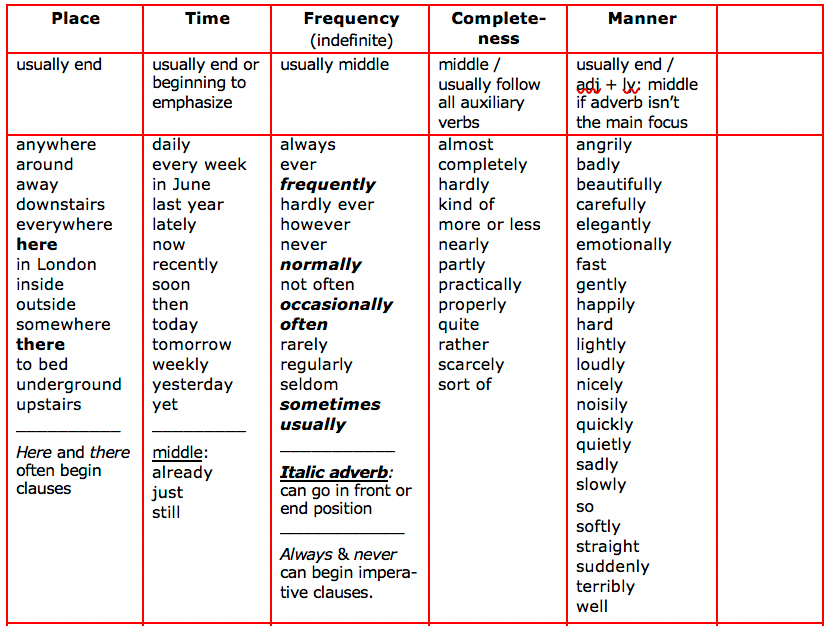 To make sure your car will run properly and safely, you need to have its wheels realigned at an auto repair shop or service center at a certain interval or when symptoms of misaligned wheels show. Follow this comprehensive guide to learn whether it's necessary, how often you should get a wheel alignment, and how long an ordinary alignment takes. Then see how Kia service coupons, service financing, or the Kia warranty can help you save on your next wheel alignment. If you aren't sure if the Kia warranty is right for you, check our page which goes into detail about it.
To make sure your car will run properly and safely, you need to have its wheels realigned at an auto repair shop or service center at a certain interval or when symptoms of misaligned wheels show. Follow this comprehensive guide to learn whether it's necessary, how often you should get a wheel alignment, and how long an ordinary alignment takes. Then see how Kia service coupons, service financing, or the Kia warranty can help you save on your next wheel alignment. If you aren't sure if the Kia warranty is right for you, check our page which goes into detail about it.
Get Tire & Wheel Help
A wheel alignment is the process of aligning the wheels of a vehicle with one another and the surface of the road. It's achieved by bringing the suspension system to its proper configuration and positioning as well as adjusting certain components. Unlike some other vehicle maintenance tasks that you can do yourself, a wheel alignment requires the expertise of an experienced mechanic and an alignment machine.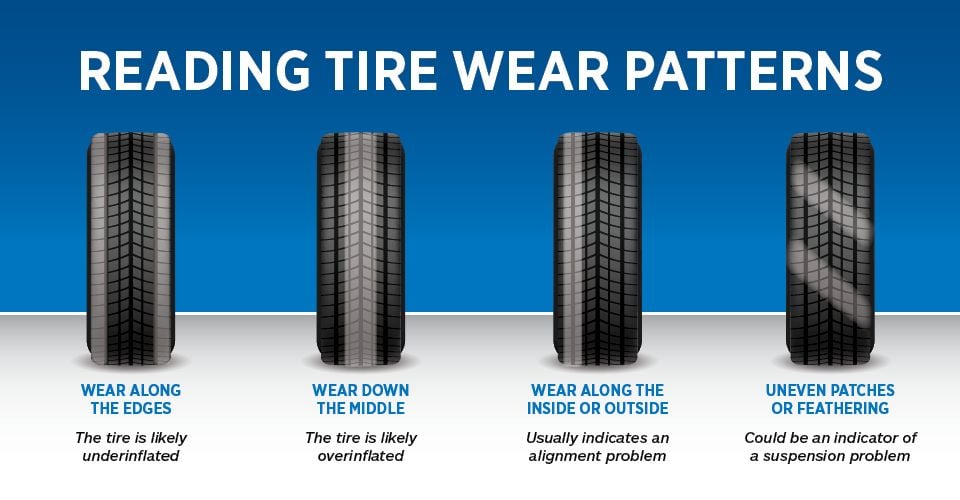
Basically, the purpose of a wheel alignment is to square a vehicle's wheels and axles with one another so that they'll move in the same direction. The process involves adjusting all the suspension angles that have an impact on tire movement and positioning, and ensuring the steering wheel is perfectly centered. The manufacturer of a vehicle designates standard angles for aligning its tires, which are specified in degrees.
The type of alignment your vehicle needs depends on its suspension system and the way it distributes power to its wheels. If you have an all-wheel-drive or four-wheel-drive vehicle, you have to get a four-wheel alignment. On the other hand, if your vehicle uses a front-wheel-drive or rear-wheel-drive system, it needs a front-end alignment or thrust-angle alignment.
Yes, wheel alignment is one of the most important maintenance tasks. If your wheels are misaligned, your vehicle will experience a dramatic drop in handling capability.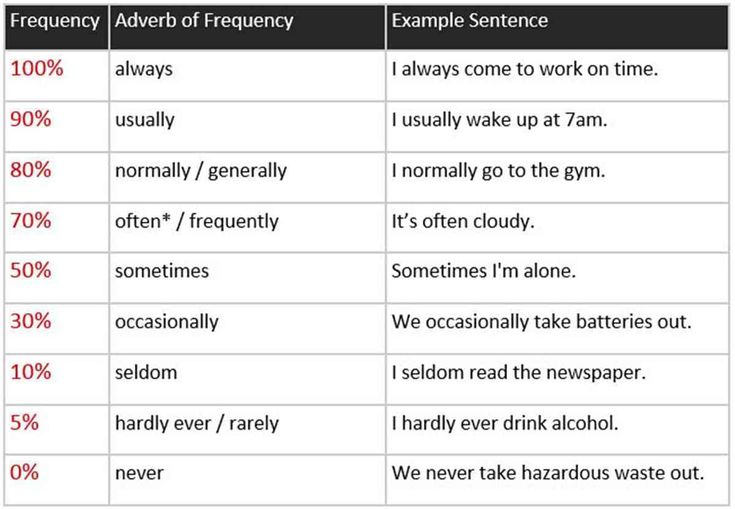 It'll constantly pull in one direction, which can greatly inhibit its ability to turn or move in a straight line. This not only makes driving more difficult and reduces ride comfort, but it can jeopardize your and your passengers' safety.
It'll constantly pull in one direction, which can greatly inhibit its ability to turn or move in a straight line. This not only makes driving more difficult and reduces ride comfort, but it can jeopardize your and your passengers' safety.
In addition, failure to realign your wheels regularly can cause your cost of car ownership to go up considerably. Wheels that aren't properly aligned may lead to uneven tire wear, which means you'll have to replace your tires more frequently. It isn't uncommon for wheel misalignment to result in flat spots and tire blowouts because it can cause your tires to experience added tension. Also, misaligned wheels can lead to damaged wheel rims and suspension, which can affect the performance and longevity of your vehicle.
The interval for wheel alignment can vary significantly depending on the type of vehicle you own, your driving habits, and other factors. Most mechanics recommend that you get a wheel alignment once every two or three years. However, the best thing to do is to follow the recommended interval in your owner's manual.
However, the best thing to do is to follow the recommended interval in your owner's manual.
If your owner's manual doesn't specify how often you should have your wheels realigned, you should bring your car to a service center or auto repair shop for a wheel alignment checkup at least once a year. Usually, a vehicle's wheel alignment will be at least slightly off after one or two years of driving. Nonetheless, if your car holds the road well, doesn't drift to one side, or has evenly worn tires, it isn't necessary to have its wheels realigned every year.
It's important to note that there are specific circumstances that may cause your vehicle to require wheel alignment on a more frequent basis. Vehicles with wider tires or performance-oriented cars usually need to have their wheels aligned more often. Additionally, you should consider getting a wheel alignment every time you install new tires on your car.
Besides going for a wheel alignment checkup on a regular basis, you should also look for certain signs indicating that your wheels need to be realigned. These signs include:
These signs include:
 You may be subconsciously driving with the steering wheel off-center to compensate for wheel misalignment. If this is happening, it may be time to realign your wheels.
You may be subconsciously driving with the steering wheel off-center to compensate for wheel misalignment. If this is happening, it may be time to realign your wheels.We know Rochester drivers are busy. So is an alignment a short or lengthy process? Under normal circumstances, a wheel alignment will take an average of one hour, whether it's a two-wheel-drive or four-wheel-drive vehicle. If there's too much wear and tear or damage on the suspension system, steering bushing, track rod, or other parts, it'll take a longer time as some components have to be replaced.
Wheel alignment is an essential maintenance task that you cannot afford to skip as it can have a significant impact on your vehicle's performance, ride comfort, safety, and lifespan.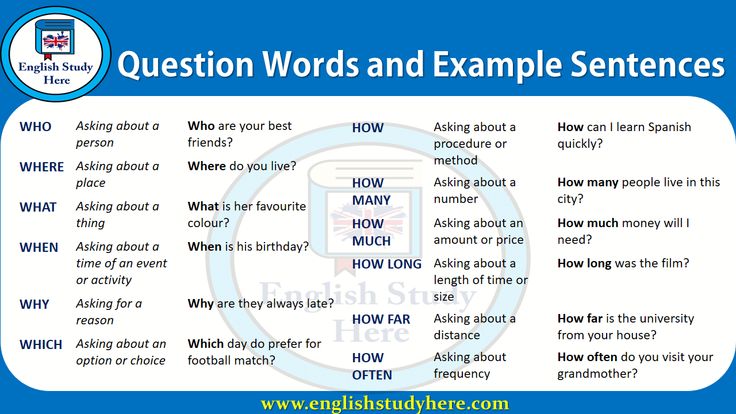 If you want to get a wheel alignment for your Kia vehicle, contact Tom Kadlec Kia today to schedule an appointment.
If you want to get a wheel alignment for your Kia vehicle, contact Tom Kadlec Kia today to schedule an appointment.
Contents:
Wheel rotation is like a physical exercise. Everyone knows to do it, but getting yourself to actually do it can be a challenge. While we can't really help you with fitness motivation, we have plenty of good reasons why you should swap tires every 5,000-13,000 miles.
While we can't really help you with fitness motivation, we have plenty of good reasons why you should swap tires every 5,000-13,000 miles.
Tire wear is inevitable when using a car. The location and extent of wear on a tire's contact patch depends on many factors, including the position of the tire on the vehicle. Keep in mind that each axle of a vehicle faces a different external force. For example, the front tires on a front wheel drive vehicle are regularly subjected to more intense stress than the rear tires. Thus, front tires on a front wheel drive vehicle typically experience accelerated wear compared to front tires on a rear or all wheel drive vehicle. Changing the wheels helps even out the wear on all four tires. If you leave the front tires uninterleaved on a front wheel drive car, they will wear out faster than the rears. Without a proper check, you will end up with two front tires almost or completely at their maximum tread wear, and two rear tires with life remaining.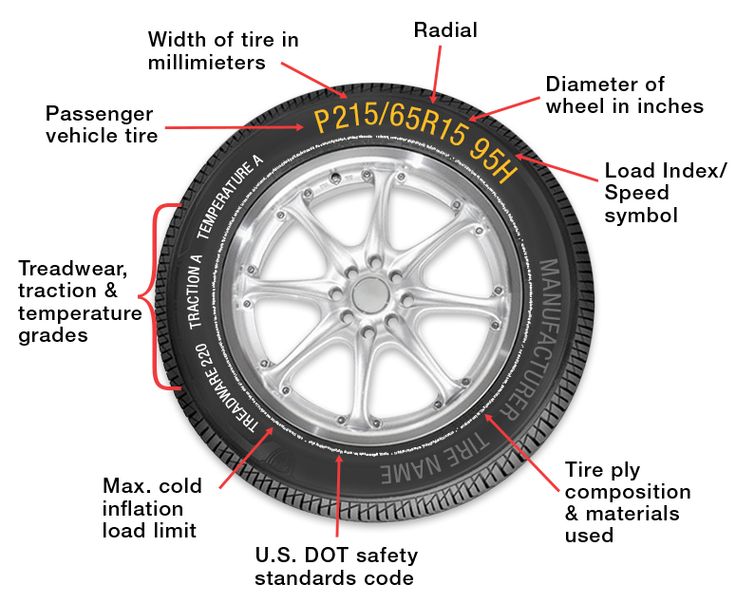
As a result, you will have to replace some tires prematurely. In some cases, while some of your tires may technically retain their remaining life, it will no longer make sense to pair them with any new tires with unworn tread. So you have to throw away not only worn tires, but also tires with remaining life!
See also: Tire grip coefficient and factors affecting it
Summarizing all of the above, we can list the main reasons for rearranging tires in places:
Tires are absolutely essential to the efficiency and safety of a vehicle. Keeping your tires in good condition with rotation and other simple maintenance will help keep them wearing evenly which directly affects your vehicle's stability, driving predictability and makes it easier to maneuver safely throughout the life of your tires. Tires in poor condition can cause the vehicle to vibrate.
Remember: uneven tire wear can also affect the stability and handling of your vehicle. Swapping wheels is not only financially sensible, but it also helps to ensure the safety of your driving.
If tires are not rotated and maintained properly, you will likely lose not just a few hundred miles of their life, but thousands. The life of a tire can literally be cut off in the middle if you do not follow the rules for their alternation and do not take other necessary measures for their maintenance.
Tire manufacturers know that rotation is essential to realizing their full tire life. Tire mileage guarantees are most often set by tire manufacturers based on tire rotation. So if you never rotate tires and experience premature tire wear as a result, the manufacturer is unlikely to honor your warranty.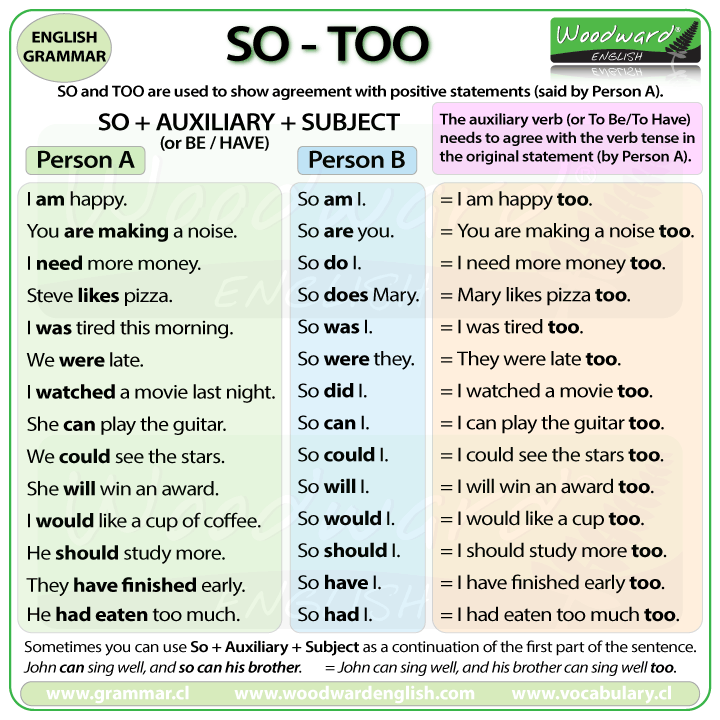 In other words, you'll be left on your own with a prematurely worn set of tires and a much more expensive replacement bill.
In other words, you'll be left on your own with a prematurely worn set of tires and a much more expensive replacement bill.
See also: Inflating tires with nitrogen - the pros and cons. What does filling tires with nitrogen give?
The good news is it's inexpensive. That small investment comes back to you in the form of long tire life and sustained vehicle safety and performance. In the long run, the cost of periodic tire rotation will be only a fraction of the amount you have to spend on buying new tires due to premature tire wear. It is also not uncommon for tire shops to offer discounted tire rotation services for regular customers, or from time to time offer to do it for free. So contact the tire shop that installed your tires first - in some cases, your tire rotation costs may be zero.
Helpful Hint: don't forget to label the wheels with the numbers and keep the tire rotation data and receipts. If you ever need to change tires under warranty, having these records will increase your chances of success.
If you ever need to change tires under warranty, having these records will increase your chances of success.
Are you used to doing everything yourself? Then you can rearrange the tires. If you can safely lift the car and remove the wheels, you can change the tires in your garage or on your driveway. In addition to the rearrangement pattern, you need to consider whether your tires are directional or non-directional, symmetrical or asymmetrical, and whether the tire pattern is staggered or square. If you are not sure about at least one of these points, it is better to entrust the work to a professional. Also consider that it is a smart move to put your tires in the hands of a competent professional from time to time. Tire specialists monitor their potential problems, identify misalignment and other issues that can affect tire condition/wear and vehicle performance.
For non-directional tires of the same size, you can use the diagonal swap pattern or move the front tires to the rear diagonal corner and the rear tires forward on the same side.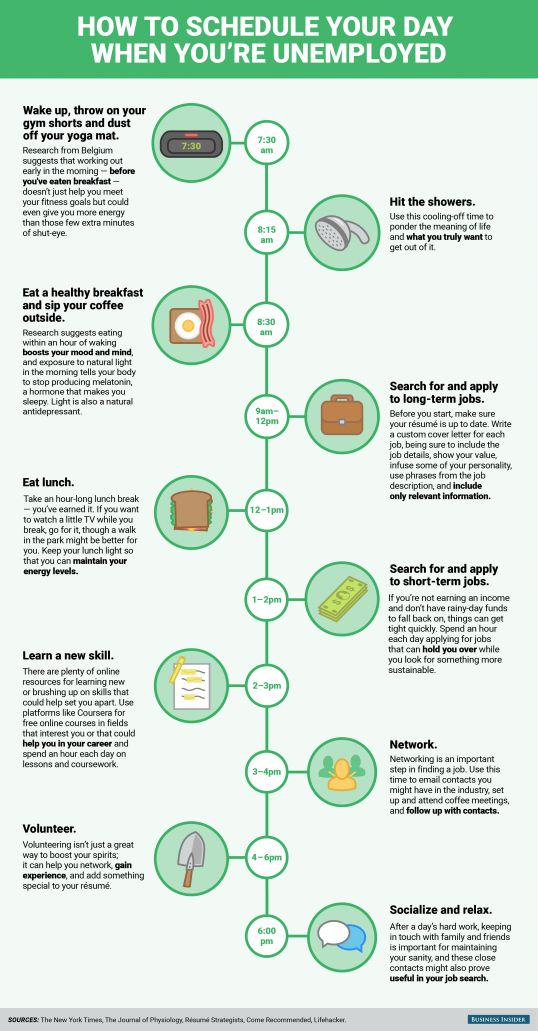
Also, due to the availability of modern tires, there is a need for 2 more rotation schemes:
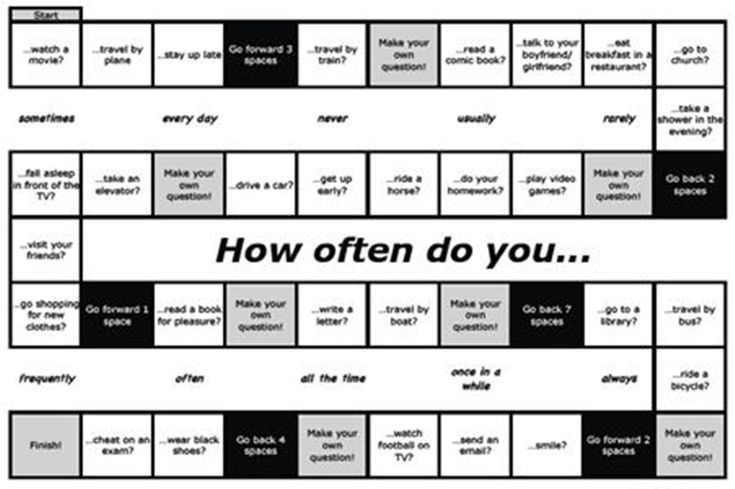 If you have a full-size spare tire, it should also be included in the swap scheme.
If you have a full-size spare tire, it should also be included in the swap scheme. tire shift diagram for 4WD and 4WD vehicles Vehicles with dual rear wheels and non-directional tires may use one of the following rotation patterns:
Winter and studded tires also need to be rearranged so that they serve for a long time and behave adequately on the road. For winter wheels, the rearrangement should be done more often, about once every 6000 km or once a season, whichever comes first.
For winter wheels, the rearrangement should be done more often, about once every 6000 km or once a season, whichever comes first.
Important: The direction of rotation for studded tires must never be reversed when changing!
See also: How to properly store winter tires? Can tires be stored on the balcony?
Tire rotation helps maintain your vehicle's performance and safety, extends tire life, saves you money, and gives you a good reputation with the tire manufacturer should you ever have tire problems or warranty claims.
Find out how to maintain your vehicle. For most vehicles, under normal driving conditions, the standard tire rotation interval is approximately every 8,000 to 13,000 km.
Blog Ship-Ship
Useful articles
Why swap wheels?
The performance of the car and driving safety depend on the condition of car tires.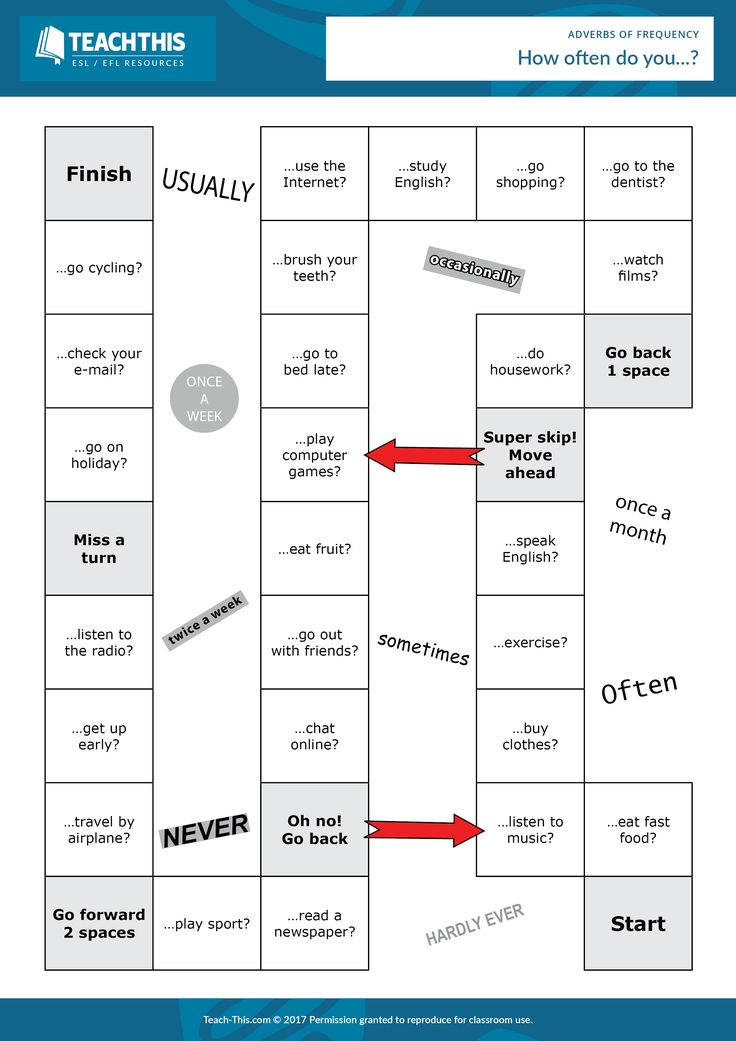 Tires are the only element that directly interacts with the road in any weather and surface condition. blog.ship-ship.ru
Tires are the only element that directly interacts with the road in any weather and surface condition. blog.ship-ship.ru
Car performance and driving safety depend on the condition of car tires. Tires are the only element that directly interacts with the road in any weather and surface condition.
Inspected tires increase your safety many times over. And in order to avoid premature and uneven wear, experienced car owners advise changing the wheels in places.
Please note. The average service life of high-quality rubber is from 80 to 100 thousand kilometers. But there is a caveat: the car must be operated under normal conditions.
Let's try to figure out whether to change the wheels in places, how to rearrange the wheels correctly and why these manipulations are needed.
There are no “eternal” consumables. And car tires are no exception. Rubber has a certain service life, after which it must be replaced in a timely manner.
Tire life is influenced by the following factors:
If you provide the car with normal operating conditions, carry out maintenance in a timely manner, then the tire mileage can be easily increased by 40 thousand kilometers.
Tires wear differently on cars with different drives. Drive wheels wear out faster. On front-wheel drive cars, all the impact falls on the front wheels: they provide braking, participate in steering, allow you to reduce power and withstand the weight of the "stuffing" under the hood.
Swapping wheels allows tires with the highest load to extend their life - reduce wear.
Pay attention. Professional auto repair shops and service centers recommend changing (castling) tires every 5-7 thousand kilometers. Or every oil change. If the manufacturer advises changing the oil less often, then the rearrangement is not done so often.
What will change the wheels on the car:
A good reason to check the condition of the tires is to inspect tires during seasonal replacement. It is necessary to visually verify the absence or presence of defects, damage. The tire is inspected from the outside and from the inside. It is also a great chance to check the rims for deformation.
Examination reveals a herniated tire. This problem is common among owners of older cars and cars with worn out suspension.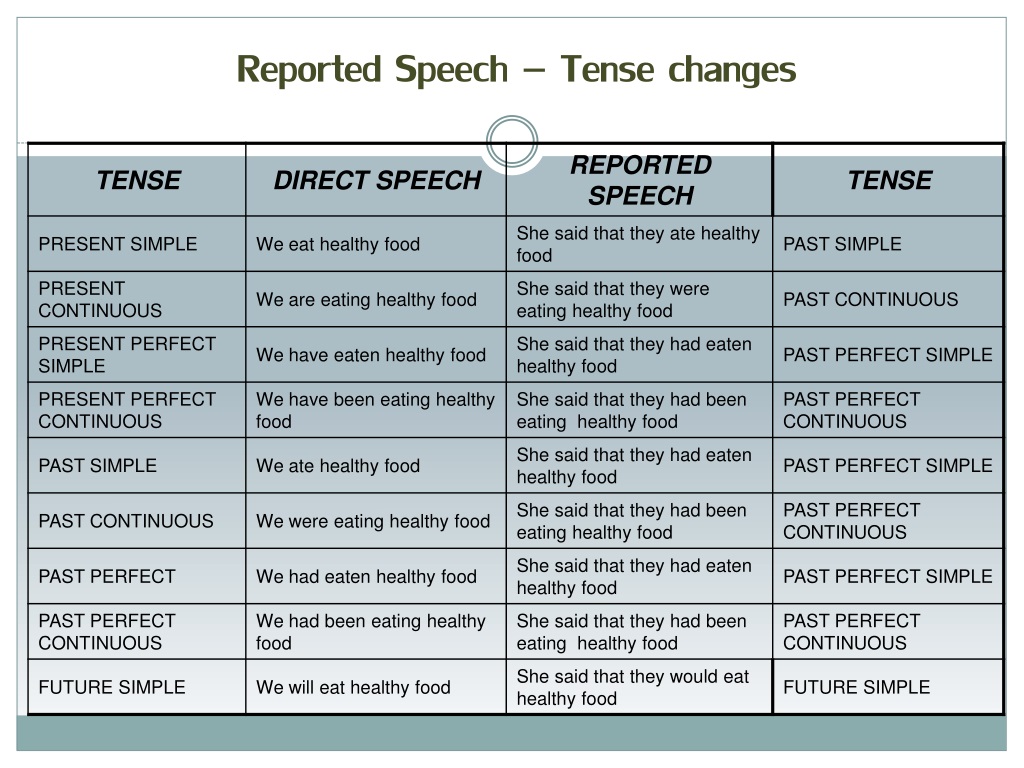 A hernia indicates uneven wear of the rubber. Such a defect worsens the controllability of the car, increases the braking distance and leads to rapid wear of the tread.
A hernia indicates uneven wear of the rubber. Such a defect worsens the controllability of the car, increases the braking distance and leads to rapid wear of the tread.
The cause of the hernia is a strong blow when the wheel hits a pothole. As a result, the rubber is pinched and torn from the inside. Air enters the gap, and the tire swells, forming a bump.
Before castling begins, each wheel is marked with a marker. Markings will allow you not to get confused in the replacement scheme. Remember that the castling plan depends on the type of vehicle drive:
 The shift is diagonal.
The shift is diagonal. The spare tire also has its own tire rotation scheme, but it only works for full size tires. At the first stage, it is necessary to follow the scheme depending on the type of drive. After castling, the spare wheel is placed on the rear axle on the left. The removed wheel goes into the spare.
Please note. An asymmetric tire cannot be remounted diagonally. A tread with asymmetry is rearranged only between the axles.
Some tire models cannot be interchanged. Sports cars often use tires of different widths. Such rubber is rearranged only along its axis and only if the tires have a symmetrical pattern, and their castling is not prohibited by the regulations for the operation of a sports car.
